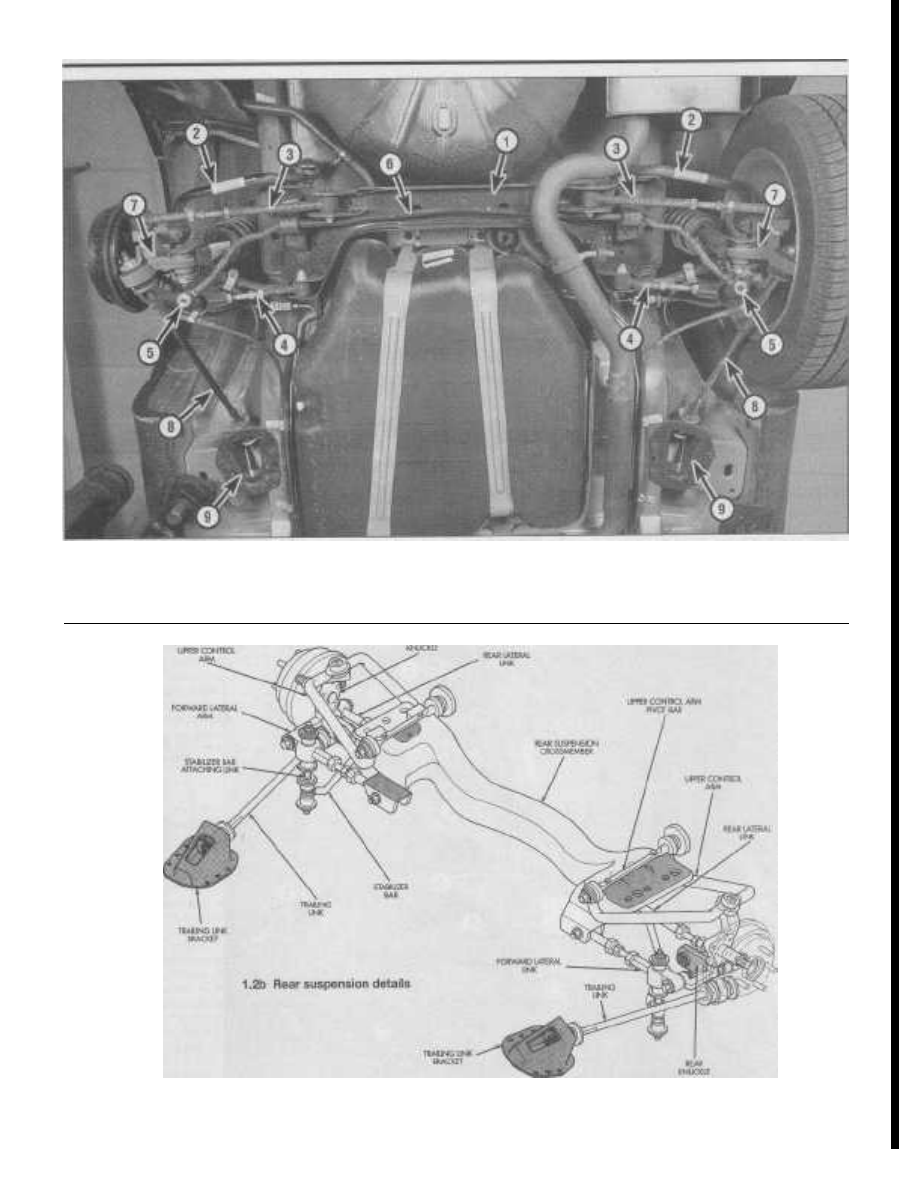Chrysler Cirrus, Dodge Stratus, Plymouth Breeze Haynes. Manual - part 29

10-4
Chapter 10 Suspension and steering systems
1.2a Rear suspension components
1
Crossmember
4
Forward lateral link
7
Rear knuckle
2
Upper control arm
5
Stabilizer bar attaching link
8
Trailing link
3
Rear lateral link
6
Stabilizer bar
9
Trailing link bracket